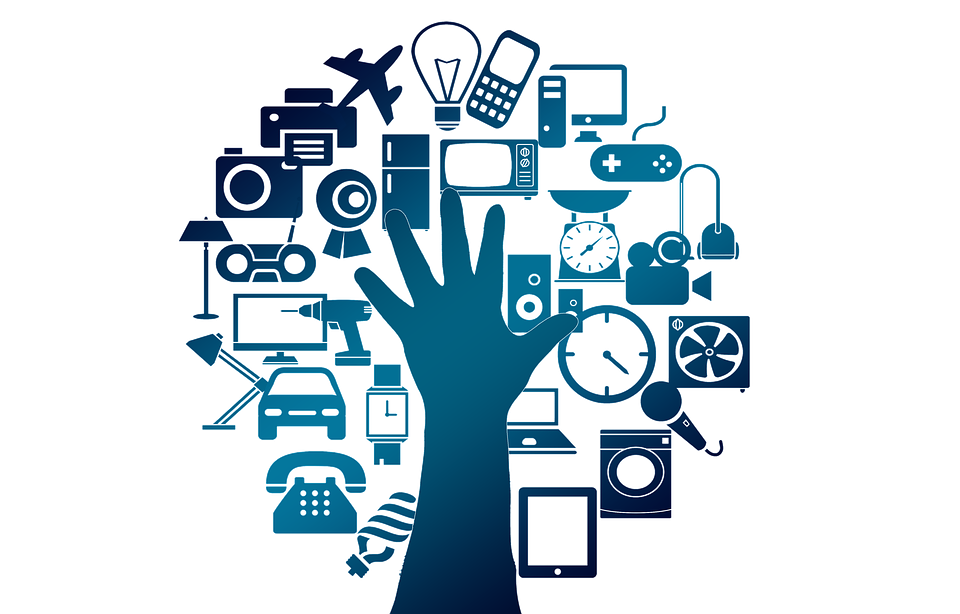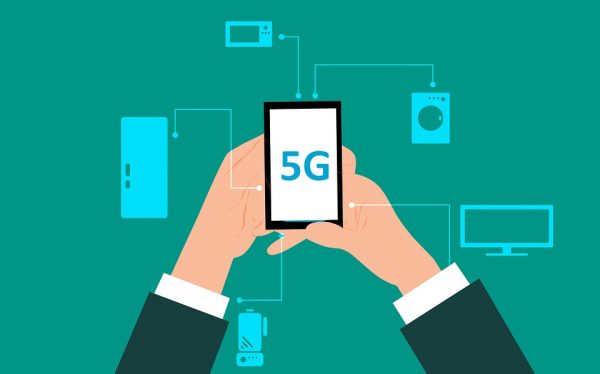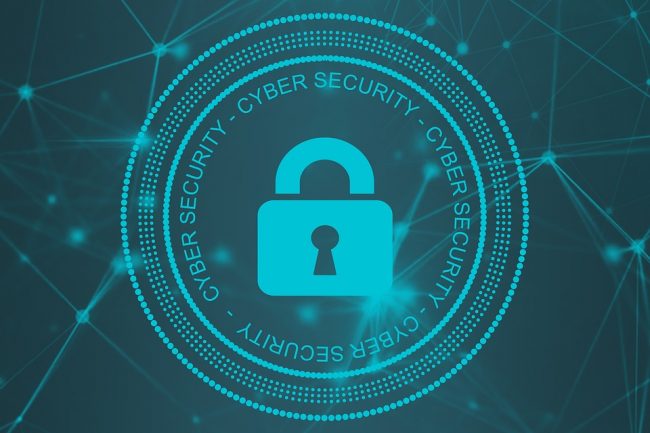
Imagine living in a world where smart refrigerators, autonomous driving vehicles, or self-regulated temperature homes are no longer pipe dreams. This type of futuristic society is coming to a life near you through the advent of the Internet of Things (IoT).
This is a technology revolution that has already begun as the IoT market is growing at an explosive rate. To be precise, by the year 2020, the IoT market is expected to become a $457B market with annual growth rates of close to 30%. The assimilation of IoT appliances and devices is a matter of when, not if.
However, what exactly are the benefits of having IoT so closely integrated in our lives, but more importantly, what are the drawbacks? This is what we hope to uncover below.
Refresh My Memory—What is IoT?
IoT describes any device that has the ability to connect to the internet, which opens the doors for unique ways to interact with their devices. For instance, have you ever wished your car would be able to tell you exactly when to get an oil change or when to replace your tires? How about if your refrigerator could tell you what food items are low in stock and could self-order more for online delivery? These are just simple examples of how IoT could shape and influence our lives moving forward.We’ve become so accustomed to thinking computers, phones, or TVs are the only products capable of retrieving data from the internet. This just simply isn’t the case anymore. As more mobile networks continue to grow and provide proper coverage to all users, it’s only inevitable that we begin seeing a diverse range of appliances that can begin connecting to the internet. The next wave of appliances, such as connected/autonomous vehicles, will drive innovation in the future.
How Can IoT Improve Our Lives?
The possibilities are essentially endless when it comes to how IoT can shape our lives. Take, for example, how IoT could improve the efficiency of a simple lightbulb. In the past, lightbulbs were neither energy efficient and provided no sense of reliability in terms of when they would ultimately burn out. Through IoT advancements, smart light bulbs will now be able to connect to our mobile devices to display its current energy consumption, costs, time to expiration, and remote control capabilities. IoT could also get as complicated as planning entire smart city infrastructure, such as driverless public transportation systems, efficient means of urban water usage, safer pedestrian traffic monitoring, or incredibly energy efficient buildings. Singapore is actually one of the leaders in the smart city adoption market and hopes to become one of the world’s first complete smart nations. One of their top priorities is to make transportation fast, safe, and more efficient to cater to its needs as a major global business hub. Singapore plans to feature fully autonomous vehicles and buses by 2022. This coupled with IoT powered traffic sensors, radars, and state of the art cameras will make Singapore one of the safest public infrastructures in the world for its everyday citizens.Although the potential for IoT is limitless, so too are its possible drawbacks. Here is a quick examination of some of the major hurdles that the IoT industry must overcome in order to fully maximize its effectiveness.
With Great Power Comes Great Responsibility
Although IoT technologies can help our lives in many ways, there could be some roadblocks, such as privacy and security concerns, that need to be sorted out in order to achieve proper mass adoption.
Latency
As with any sort of device connected to the internet, speed will always be a constant worry on the back of users’ minds.
Latency could play a major role in the slow initial rollout of city wide IoT initiatives due to the need to be constantly connected to the internet with enormous needs for always-on data. At this current rate, we’d be hard pressed to have autonomous public buses drive through inclement weather through 4G technology. The need for faster and more stable connections will be a must.
A lot of these concerns could be alleviated with the launch of 5G networks, but 5G rollout will be quite slow, especially with the concern that its wave range will be much shorter than 4G/LTE range capabilities.
Security
A few years back, one of the hottest concepts coming out of the IoT field was the potential for connected cars of the future. By having internet ready vehicles, drivers would be able to automatically detect when to get their oil changed, whether their airbags are fully engaged and properly working, remotely control their vehicles through a mobile phone, etc. However, one huge oversight with this concept was the fact that leaving an automobile exposed over the internet was begging hackers to take control of users’ vehicles. This instantly made automobiles one of the most sought after hacking targets of cyber criminals around the world. Hackers could, in effect, perform a hostile remote takeover of your vehicle to cut your brakes whenever they pleased, blast the heat during hot summer days, lock you out of your car, etc.Since then, it has become apparent that connected cars must be properly secured, but this certainly was not an area of expertise of car manufacturers. Security for connected cars is still a visible problem today since most of the data is exchanged via different communications protocols as a basic website or mobile network. The challenge will be finding solutions that can effectively protect the communications protocols for a wide array of IoT appliances, such as automobiles, traffic lights, refrigerators, etc., which is why Cloudbric is one sol
ution that is looking to integrate cybersecurity across a wide array of protocols to help bring forth a more safer and connected future.
Privacy
Another major hurdle of IoT will simply be the idea of having so many connected devices in our everyday lives. Living in a society where every electronic device or appliance is constantly monitoring your usage and data can be quite unsettling for some people who place a high importance on personal privacy. This can lead to issues such as corporate surveillance and having companies too closely integrated into our lives.In order for IoT applications and technology to fully take off, manufacturers and governmental institutions need to prove to the public the actual merits of IoT and how this will better the lives of everyone involved. Rolling out innovative technology that is not fully vetted for security or could lead to potential data leaks would be a disaster that would take takes to recover from. Furthermore, the concept of running a smart city or nation would be asking users to give up a portion of their personal privacy without their knowledge or consent. This is simply recording the actions and habits of a city’s co-inhabitants without their permission. Major IoT players need to come up with strategies that help ease this concern in order for IoT to become a mainstay.The upcoming IoT wave is inevitable, which can present the world with many benefits that we could have only dreamed were possible in the past. The key hurdle here is that companies need to fully prepare for the obvious issues that reside (security, speed, and privacy) and also simultaneously gear up for potentially unknown issues that may arise (failure of critical IoT systems leading to potential accidents). By having proper protocols in place for now and for the future, it is safe to assume that IoT technology will certainly be the way of the future.
Make sure to follow us on our social media platforms (LinkedIn, Twitter, and Facebook) and our recently opened Telegram Announcement Channel for the latest updates!







